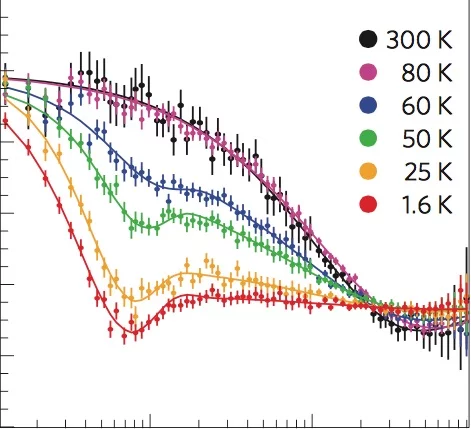High-temperature superconductivity appears as a consequence of doping charge carriers into an undoped parent compound exhibiting antiferromagnetic order; therefore, ground-state properties of the parent compound are highly relevant to the superconducting state. On the basis of this logic, spin fluctuations have been considered as the origin of pairing of the superconducting electrons in the cuprates. As possible pairing mechanisms, there is growing interest in unconventional spin fluctuations or advanced orbital fluctuations owing to the characteristic multi-orbital states in iron pnictides. Here, we report the discovery of an antiferromagnetic phase as well as a unique structural transition in electron-overdoped LaFeAsO1−xHx (x∼0.5), whereby a second parent phase is uncovered, albeit heavily doped. The unprecedented two-dome superconducting phases observed in this material can be interpreted as a consequence of the carrier doping starting from the original x∼0 and additional x∼0.5 parent phases towards the intermediate region. The bipartite parent phases with distinct physical properties in the second magnetic phase provide us with an interesting example to illustrate the intimate interplay between the magnetic interaction, structural change and orbital degree of freedom in iron pnictide superconductors.
- About the CenterschliessenAbout the Center
- Our Research
- Facilities
- SINQ: Swiss Spallation Neutron Source
- SμS: Swiss Muon Source
- CHRISP: Swiss Research Infrastructure for Particle Physics
- Scientific Advisory Committees
- Publications
- Jobs & Education


